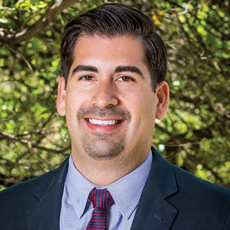
Mobile health apps need more oversight, according to an article published in the July issue of New England Journal of Medicine.
The Food and Drug Administration needs additional funding and technical expertise to tackle some of the 100,000 mHealth apps on the market, only 100 of which have been cleared by the agency, said author Nathan Cortez, the Southern Methodist University Dedman School of Law Associate Dean of Research.
“There is a lot of faith that these can help with low cost and spotty access to care,” Cortez told
McKnight’s. “There are a lot of helpful apps but a lot of apps can’t do what they claim to do. They may even be harmful.”
By 2017, mHealth apps are expected earn $26 billion — up from $2.4 billion in 2013.
“You have venture capital flying into these products,” Cortez said. “On Capitol Hill, you hear congressmen and heads of industry talk about how these products might solve some of these deep challenges in healthcare. There is tremendous enthusiasm for these products across the board. I think tying the FDA’s hands is convenient for these companies in the short term, but it’s really damaging for the technology industry in the long-term.”
Many consumers, who may include seniors using apps regarding diabetes, dementia or pulmonary problems, are relying on the data provided by the apps.
But bugs in the software or a software flaw could cause a user to make a bad decision. This could range from administering too little insulin to avoiding a necessary visit to a healthcare provider.
Many hospitals and long-term care facilities are increasingly relying on apps to do their jobs. That’s less of a worry, Cortez said, but caution is still needed.
“If there’s a gradient and range of users we should definitely be most concerned about lay users with no training,” he said. But there is still “automation bias” among physicians using equipment.



